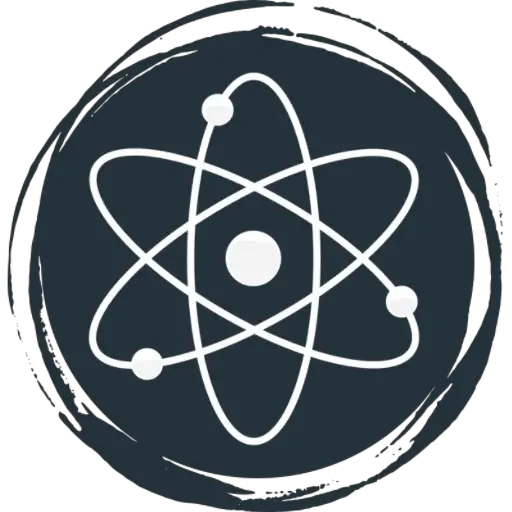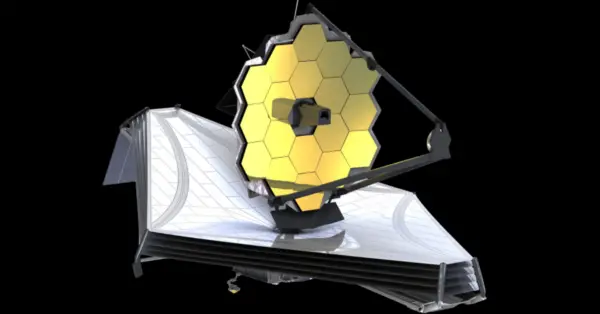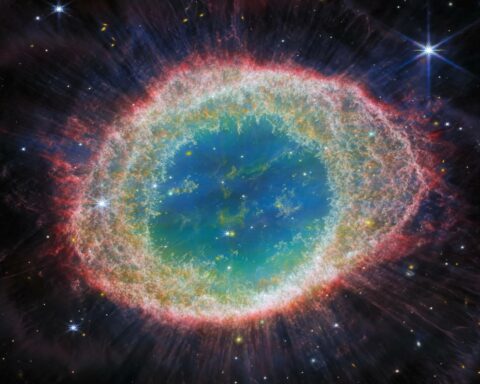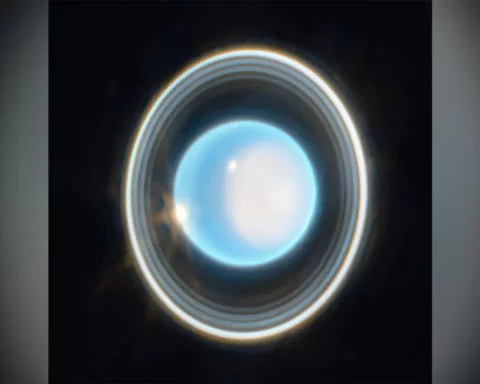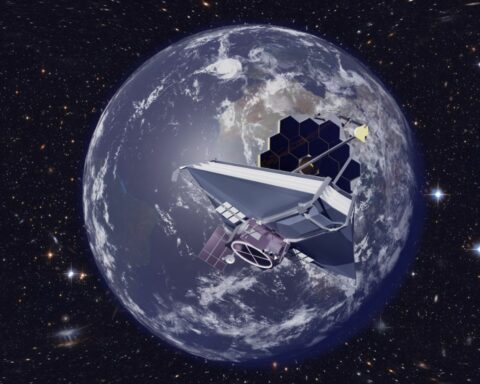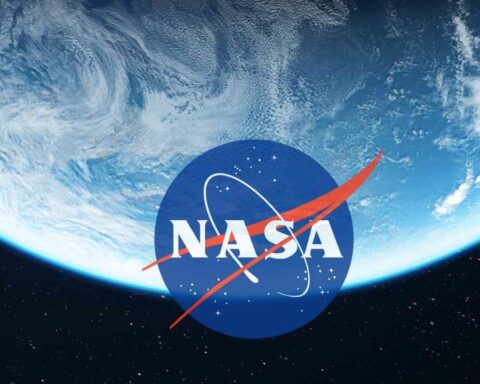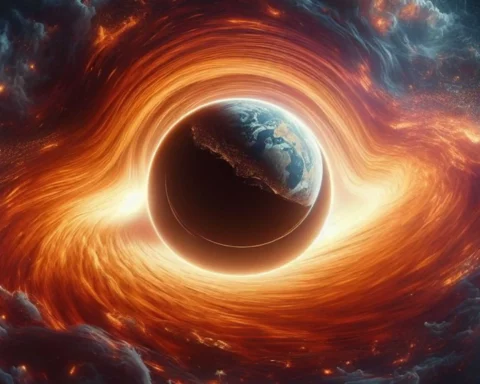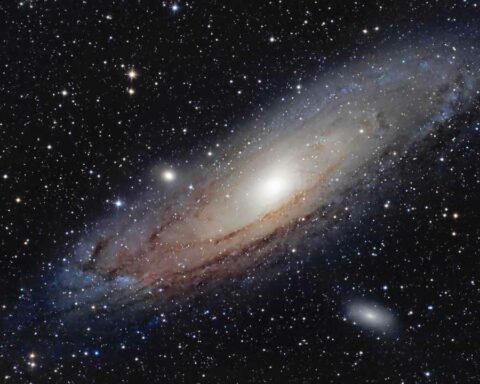What is James Webb Space Telescope
James Webb Space Telescope is a premier observatory, set on a mission to complement the achievements of Hubble Space Telescope. It is the biggest optical and infrared astronomical observatory ever placed in orbit which will dig deep into space and will be able to see the universe with a much longer wavelength. JWST is successor of Hubble Space and is named after one of NASA’s administrators James E Webb, who served NASA from the year 1961 to 1968 and had an essential role in the Apollo Program.
Expected Discoveries of James Webb Space Telescope:
- The main mission of ‘JWST’ will be the search for galaxies formed ever before and luminous objects formed after the Big Bang.
- It will take a closer look at the galaxies revolving around the sun from the day of formation until now. Moreover, it will search for such systems, galaxies, and planets which might hold the potential for life.
- The JWST is particularly designed to dig into the chemical and physical properties of planets as well as our own Solar System. It will be able to see into the huge clouds of dust in space which are hazy to visible light.
James Webb Manufacturing Companies:
- JWST is manufactured by Northrop Grumman and Ball Aerospace and Technologies. There is also a specific contribution of the European Space Agency and the Canadian Space Agency.
- Trials for the launch took place at Redondo Beach in California where its final testing was completed in collaboration with NASA.
What is James Webb composed of?
- JWST should be kept at -375(Fahrenheit) for its instruments to function properly, therefore, it is specially made up of beryllium coated with gold which is a strong as well as lightweight material that can stand through really cold temperatures.
Constructional Specification of James Webb:
- JWST will appear 100,000 times fainter than the star which is faintest to be seen with a naked eye from Earth.
- It will be four times away from the moon and 940,000 miles away from Earth.
- It is as wide as a tennis court with the height of a three-story house.
- The biggest element of the telescope is its sunshield, it is composed of 5 very thin layers made of Kapton polyimide that protects the mirror from sunlight and cools the telescope after sensitive matters to -220C|-364F.
Major Innovations of James Webb over Hubble:
- It is really important to understand that James will orbit around the Sun, unlike Hubble that revolves around the Earth.
- Therefore, the major innovations of JWST over the HST includes Lightweight optics, Deployable sunshield, Foldable segmented mirror, Improved detectors, Micro shutters, Cryogenic actuators, and mirror controllers.
.
.
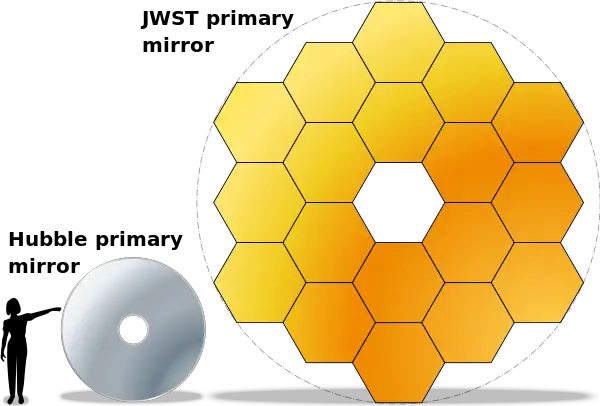
Instruments Used In James Webb:
- The Near Infrared Camera (NIRCam) is the main set of the eyes of the telescope, with this cam we will be able to see all the stars in the universe and the planets around them.
- The Near Infrared Spectrograph (NIRSpec) will collect the chemical and physical properties of an object.
- The Mid Infrared (MIRI) instrument is for mid to long infrared wavelength ranging from 5 to 27, which will allow you to see how stars have been born, many unknown objects of the Kuiper Belt as an astronomer hopes will help to find the 9th mysterious planet.
- The Fine Guidance Sensors (FGS) will help accurately point out high-quality images.
- The Near Infrared imager & Slitless spectrograph (NIRISS) will help in finding exoplanets and the first light of distant objects.
- As a shaky camera makes blurry photos so as vibrators installed in ‘JWST’ can make the image quality low, to make a good image quality JWST has installed the rubber shock absorb cushions.
- Another important element of the telescope is the central computer which controls the operations of the observatory while orbiting.
Launch Date of James Webb:
- In a recent announcement by NASA, it has been declared that the Telescope is going to be launched in space by Dec. 25, 2021, using Ariane 5 ECA rocket.
- The Guiana Space Center located in French Guiana (South America) will be used as the spaceport for the launch.
How will James Webb be sent to Space?
- For the launch of JWST, it was necessary to rely on the most trusted vehicle to deliver Webb to its destination. In this regard, the European Space Agency has stepped forward to provide Ariane 5 Rocket to give it a good push towards space.
- To fit on the rocket with its weight limit, JWST is particularly designed to be lightweight and flexible. The flexibility of JWST makes it susceptible to vibrations whenever it moves.
The vehicle for Launch:
- NASA will use Ariane 5 as one of the most reliable vehicles contributed by the European Space Agency to launch James Webb.
Here comes the Fun Fact:
- JWST will be a powerful time machine because it is specially designed to capture the light that’s been travelling in space for as long as 13.5 billion years even from the time when the first galaxies and stars were formed out of the darkness of the early universe.
Important measurement concerning James Webb:
| Proposed Launch Date | December 25, 2021 7:20am EST |
| Duration Of Launch | 5 to 10 YEARS |
| Launch Vehicle | Ariane 5 ECA |
| Total Mass | 6200kg |
| Diameter Of Primary Mirror | ~6.5 m (21.3ft) |
| Clearance of Aperture Of Primary Mirror | 25m² |
| Material Of Primary Mirror | Beryllium coated with Gold |
| Mass Of Single Primary Mirror Segment | 20.1kg for a single beryllium mirror |
| Mass Of Entire Primary Mirror Segment Assembly (PMAS) | 39.48kg |
| Total Mass Of Primary Mirror | 705kg |
| Number of Primary Mirror Segment | 18 |
| Focal Length | 131.4meters |
| Optical Resolution | ~0.1 arc-seconds |
| Coverage Of Wavelength | 0.6-28.5 microns |
| Size Of Sun Shield | 21.197m x14.162m (69.5ft x 46.5 ft) |
| Sun Shield Layer | 5 Layers |
| Temp Of Sunshield Layers | Layer:1
Max temp 383K = approx 231F Layer:5 Max temp 221K= approx -80F Min temp 36K=approx -394F |
| Orbit | 1.5 million km from Earth orbits at the L2 point |
| Operating Temp | Under 50K (-370F) |
| Gold Coating Measurements | Thickness: 1000 angstroms
Surface area: 25m² The coating is calculated to use 48.25g of gold
|
| Cost Of JWST | 10 Billion USD |
How will JWST transmit its data to Earth?
James will transmit its science and engineering data through a high-frequency radio transmitter. NASA’s Deep Space Network does have big radio antennas which will receive the signals and forward them to the Operation Center of Space Telescope Science Institute which is located in Baltimore, Maryland (USA).
What makes it so special than other Telescopes made to the date?
One of the major things making James prominent than other telescopes is the distortion canceller and the iconic mirror of 6.5 meters which makes the telescope more smooth for sending accurate data to the scientists; however, cameras installed in the Webb telescope are no less than a magic when it comes to taking more clear photos.
Why is it much better than the Hubble Space Telescope?
It has to be better than Hubble because it has a larger field of view which will significantly cover an area more than ~15 times of NICMOS Cam inserted on Hubble could.
Is James more powerful than Hubble?
Yes, it is 100 times more powerful than Hubble, it is bigger in size, and not just that, it will even be able to peer back into time than Hubble could.
How much does the James Webb Space Telescope cost?
The expected cost spent on JWST’s development is about $8.8 billion US dollars, however, it is also expected that a cost of about $861 million will be required to support five years of operation. The maximum estimated lifetime cost at NASA’s side will be approximately $10.8 billion US dollars.

